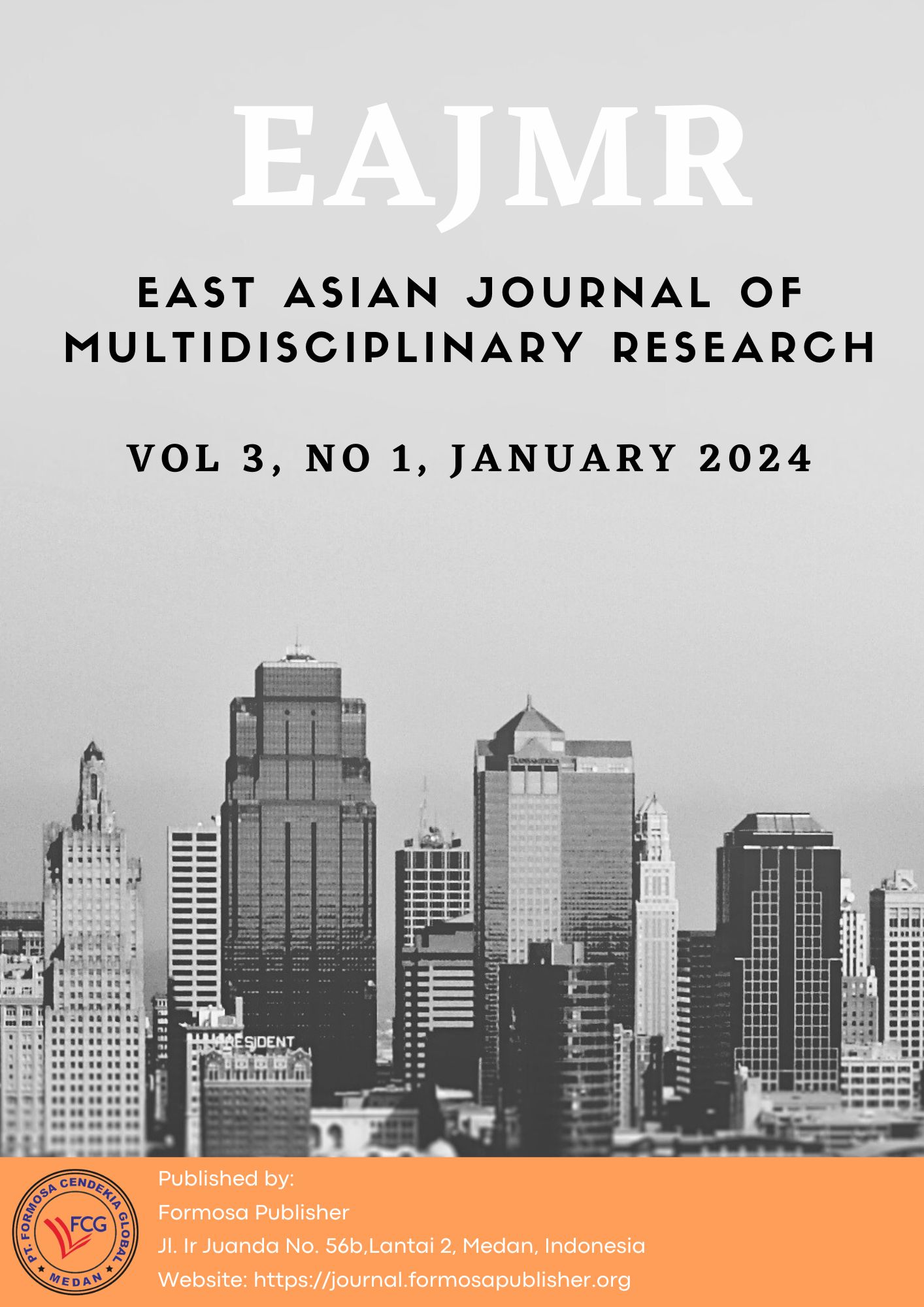Content Marketing Analysis in Marketing Communication Strategy using AIDA Theory in the Instagram application (Case Study of the Bumil_Pintar Instagram account)
DOI:
https://doi.org/10.55927/eajmr.v3i1.8575Keywords:
Marketing Communication, AIDA Theory, Pregnant WomenAbstract
Digital education for pregnant women not only provides necessary information, but also provides support, comfort and confidence as they prepare for the arrival of their little one. That way, this can also be felt by pregnant women whose gestational age is approaching birth and who are already vulnerable and cannot leave the house. Home Education Indonesia has several programs, and one of them is a webinar regarding education for pregnant women. Every day we also provide information about pregnant women via social media Instagram (@bumil_pintar). Research using descriptive qualitative methods, researchers try to analyze the content marketing phenomenon on the @bumil_pintar Instagram account in carrying out marketing communication strategies in the digital marketing era by using social media to educate and promote services offered to pregnant women. The interview and observation process was carried out on informants, namely 7 pregnant women who had attended the webinar on pregnant women. Home Education Indonesia has succeeded in implementing the AIDA theory (Attention, Interest, Desire, Action) in its promotional activities. In the aspect of attention, interesting and informative content is recognized as being able to attract the attention of potential webinar participants.
References
Brynjolfsson, E., & Mcafee, A. (2014). The second machine age : work, progress, and prosperity in a time of brilliant technologies. W.W. Norton & Company.
Chaffey, D., & Chadwick, F.E. (2019).Digital Marketing (7th ed.). Pearson UK.
Hollander, J. E., & Carr, B. G. (2020). Virtually Perfect? Telemedicine for Covid-19. New England Journal of Medicine, 382(18). https://doi.org/10.1056/nejmp2003539
Kotler, P., & Keller, K. L. (2016).Marketing management. Pearson/Prentice Hall.
Moleong, L. J. (2017). QUALITATIVE RESEARCH METHODOLOGY. Bandung: PT Teen Rosdakarya Offset
National Academies Of Sciences, Engineering, And Medicine (U.S.). Committee On Fostering Healthy Mental, Emotional, And Behavioral Development Among Children And Youth. (2019). Fostering healthy mental, emotional, and behavioral development in children and youth : a national agenda. The National Academies Press.
Nori Dwi Apriandi, Soleh, A., & Tito Irwanto. (2023).The Effect Of Application Of Aida (Attention, Interest, Desire And Action) On Telkomsel Card Purchase Decisions In Bengkulu City. 2(2). https://doi.org/10.37676/jambd.v2i2.4379
Polizzi, J. (2016).Content Inc.: How Entrepreneurs Use Content to Build Massive Audiences and Create Radically Successful Businesses /. Mcgraw-Hill Education.
Ramadhany, M., Chan, A., Safa’atul Barkah, C., & Herawaty, T. (2021). Analysis of the Effectiveness of Content Marketing Communications in the Effort of Formulating a Promotion Strategy to Stimulate Repetitive Purchases. JBTI: Business Journal: Theory and Implementation, 12(1), 37–49. https://doi.org/10.18196/jbti.v12i1.10832
Schwab, K. (2016). The fourth industrial revolution. World Economic Forum.
Selwyn, N. (2022).Education and technology : key issues and debates. Bloomsbury Academic.
Theodora, D. (2021). Analysis of AIDA Elements on Instagram Social Media as a Library Promotion Media at the Bandung Regency Archives and Library Service.Palimpsest: Journal of Information and Library Science, 12(1), 37. https://doi.org/10.20473/pjil.v12i1.25152
Downloads
Published
How to Cite
Issue
Section
License
Copyright (c) 2024 Izdihar Nisrina Hafizhah, Mentari Clara Dewanti

This work is licensed under a Creative Commons Attribution 4.0 International License.







.png)





















